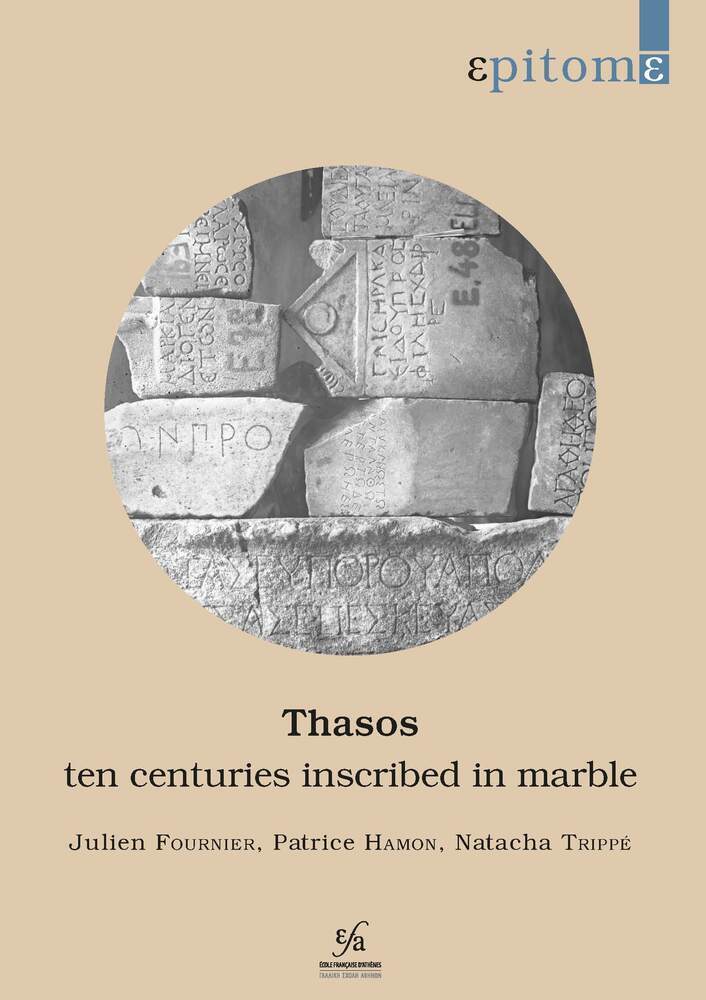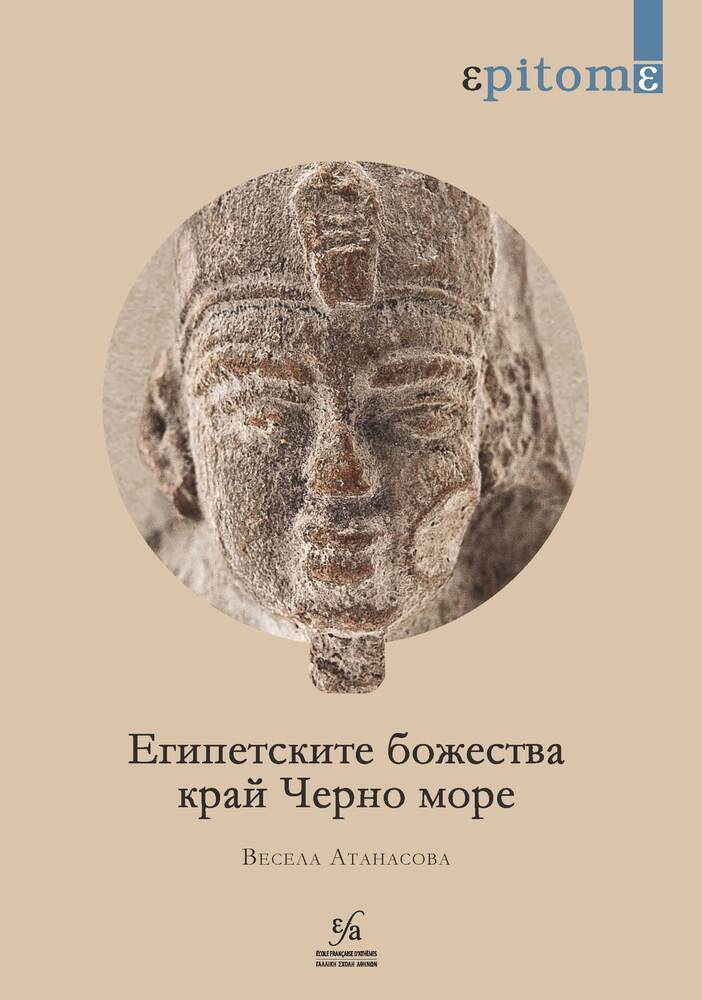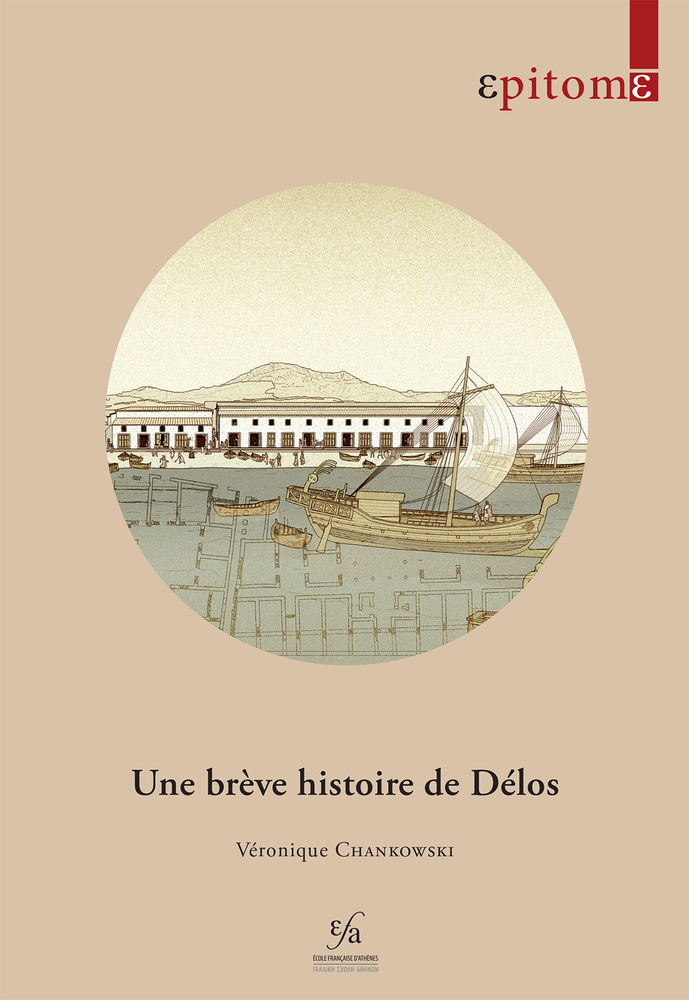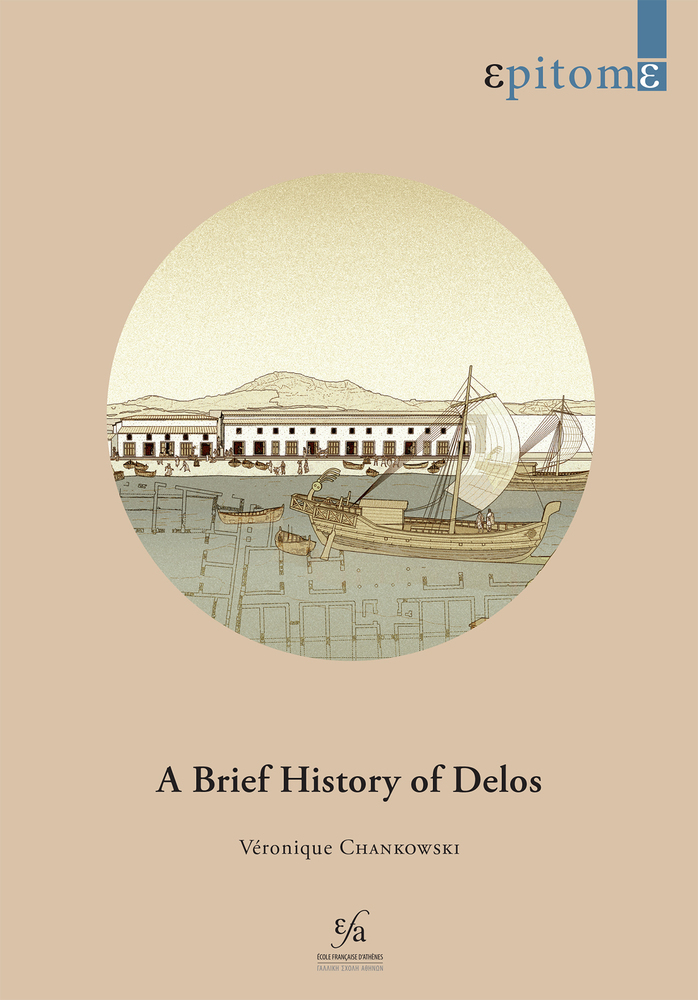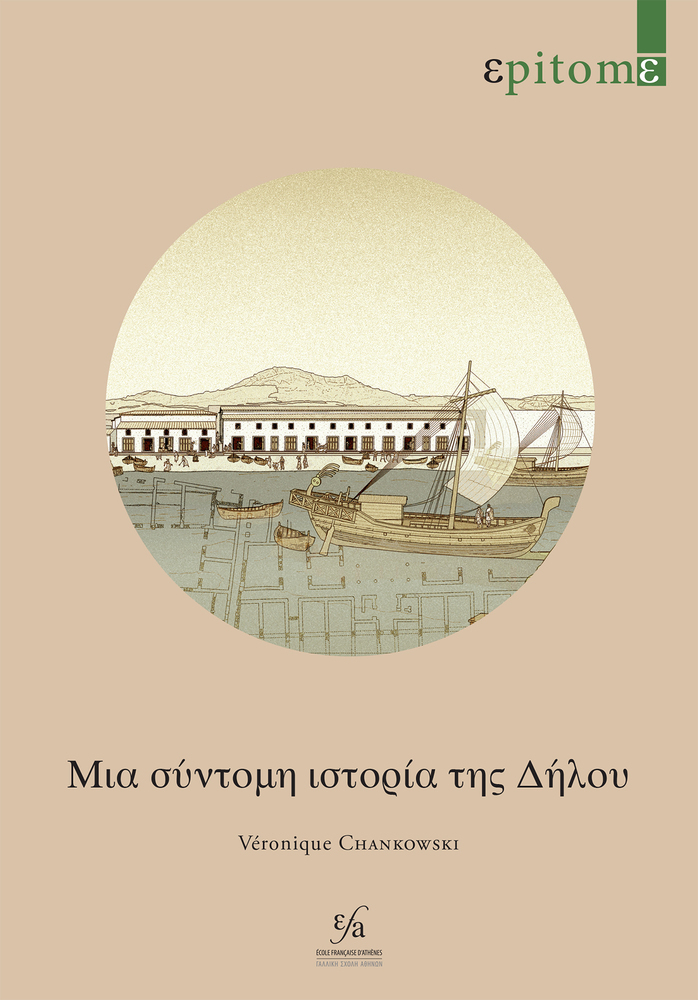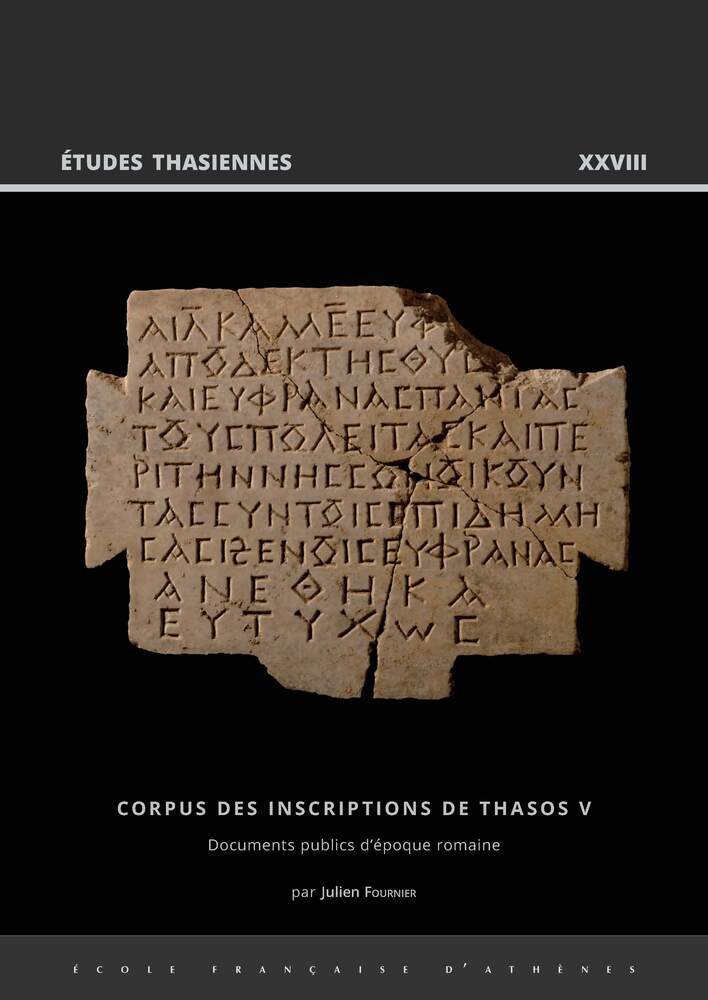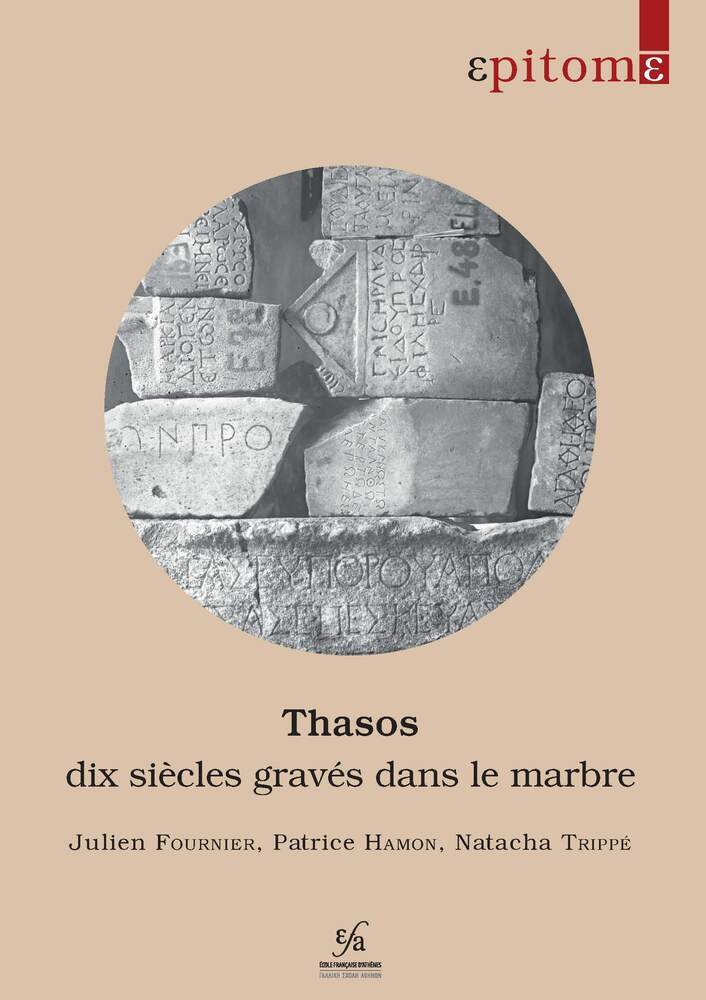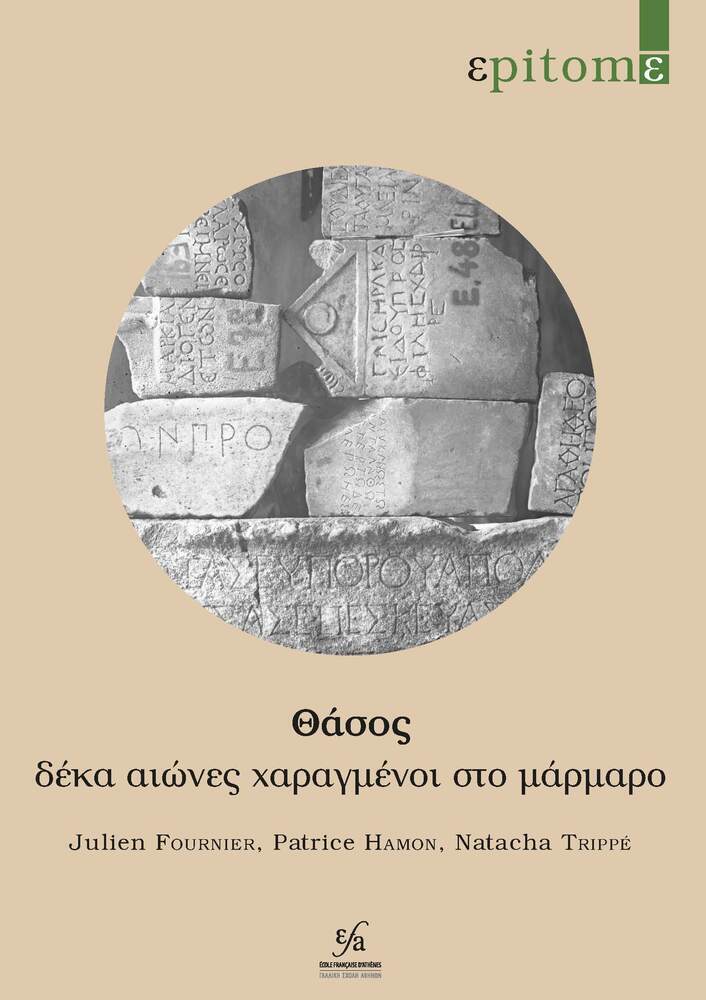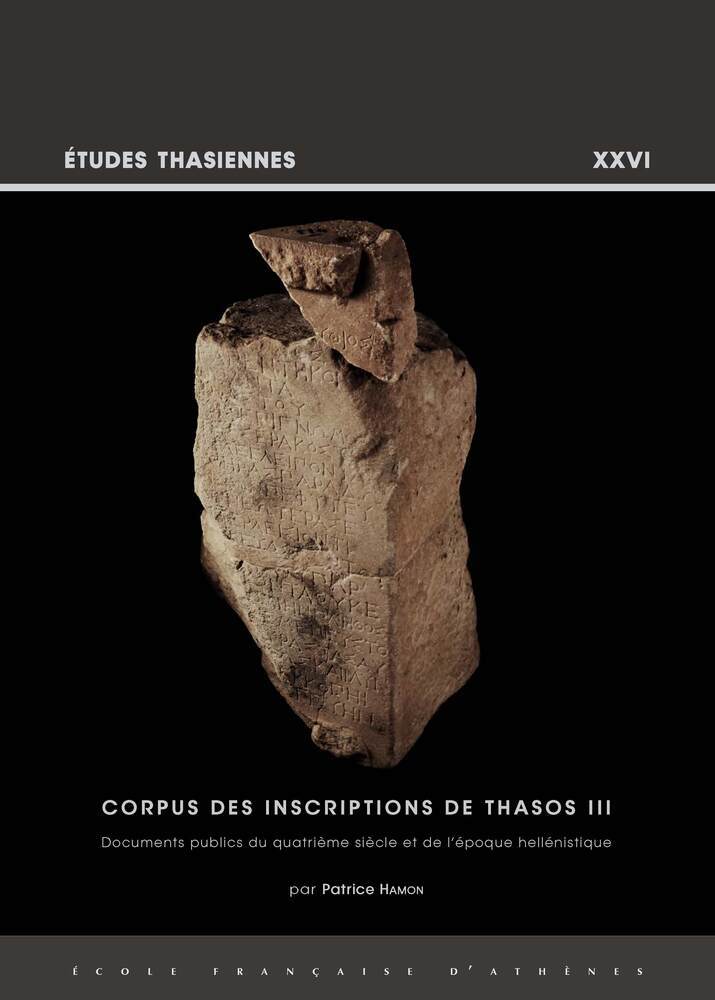Presentation of the Work by Patrice HamonImagine a city where every important decision was engraved in stone, never to be forgotten. This is how the ancient Greek cities operated—small, independent communities where citizens collectively made decisions in assemblies. Thasos, a prosperous island in the Aegean Sea, is a perfect example of this model. Founded in the 7th century BCE, it experienced a turbulent history, oscillating between independence and domination by Athens, Macedonia, and later Rome.
Since excavations began in 1911, nearly 2,000 inscriptions have been uncovered, mostly in the agora, the vibrant heart of the city. These texts, carved into stone or marble, reveal glimpses of life: political decisions, religious practices, social relationships, and even commercial exchanges. Despite centuries of destruction, epigraphists have painstakingly revived these testimonies by deciphering and reconstructing them.
These stones, carriers of history, continue to narrate the extraordinary story of Thasos and its inhabitants.
Julien FOURNIER, former member and former Director of Studies at the French School at Athens, is Professor of Greek History and Epigraphy at the University of Strasbourg. His research focuses on the history of Greek cities during the period of Roman hegemony. He is currently preparing a volume of the Corpus des inscriptions de Thasos (CITh V).
Patrice HAMON, former student of the École normale supérieure and former member of the French School at Athens, is Professor of Greek Literature and Civilization at Paris Sorbonne University. A specialist in Hellenistic-era cities, he has authored numerous articles on Thasian inscriptions, as well as the first volume published in the Corpus des inscriptions de Thasos (CITh III).
Natacha TRIPPÉ, former member of the French School at Athens, teaches Greek History, Art History, and Archaeology at the University of Bordeaux-Montaigne. Her research focuses on the cults of Greek cities during the Archaic and Classical periods. She is currently preparing a volume of the Corpus des inscriptions de Thasos (CITh II).
